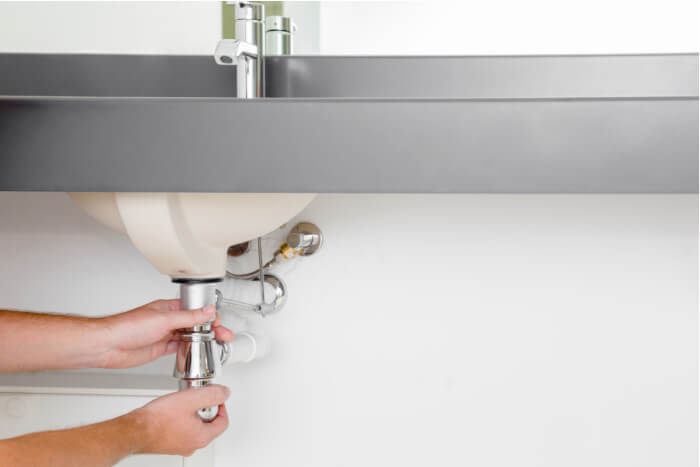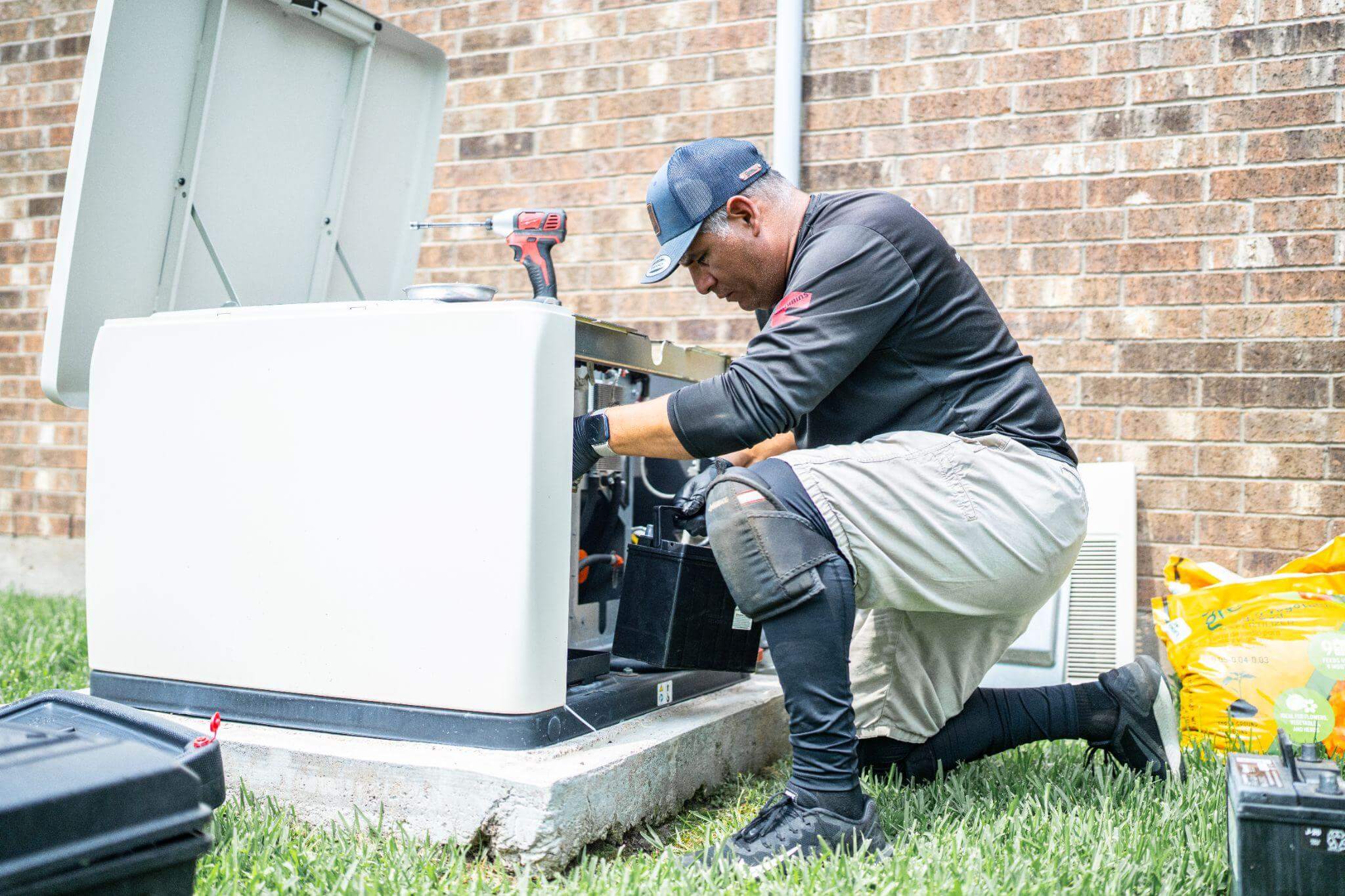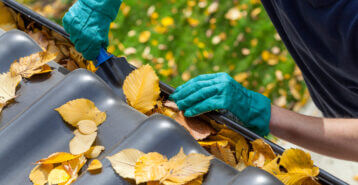Are you doing a bathroom remodel project?
Modernize can pair you with three to four pros in your area, so you can compare options and save time and money.
Bathrooms, by their very nature, are home to copious amounts of water. The toilet uses it to flush, it flows from the sink on a regular basis, and the inhabitants of your home use gallons of water every time they shower or bathe. Water can be a very persistent element, always looking for a way out of pipes or other enclosures – and all too often, it succeeds. That’s why detecting bathroom leaks and mitigating the damage is of the utmost importance.
Detecting Bathroom Leaks
Sometimes you get lucky, and detecting a bathroom leak is as simple as hearing that annoying drip…drip…drip that signifies something is wrong with the bathroom faucet or shower. You might even see the telltale signs of water pooling around the base of the toilet, a sign that perhaps the seals are going bad and need to be replaced.
But of course, all that water in your bathroom flows through pipes, most of which are hidden behind the walls. Detecting a leak in those pipes is obviously much more difficult, and many don’t even think about it much – out of sight, out of mind. But those leaks in the walls can wreak havoc on your bathroom, and even the smallest leak over time can lead to thousands of dollars of unexpected repair bills.
How can you detect common bathroom leaks before they become a bigger issue? Here are a few tips.
Find the Right Contractor for Your Bathroom Remodeling Project
Whether you’re ready to begin your project now or need some expert advice, our network of contractors are here to help. With a few simple questions, we’ll find the best local professionals for you
- Look at the walls. One of the clearest signs is the classic water stain on the drywall in your bathroom. You might also notice peeling wallpaper, discolored or peeling paint, or walls that seem damp to the touch. Any sign of bowing, staining, discoloration, or swelling of drywall is a signal to get a contractor out there, pronto.
- Look for mold and mildew. A bit of mildew in the shower is no cause for alarm, as it can naturally accumulate wherever there is standing water. What should be alarming is mold or mildew on walls that are not within the shower, tub, or even the sink. This could be an indication that water is leaking from a pipe behind the wall.
- Pay attention to bowing or sagging floors. As the wood underneath the floor slowly becomes saturated with water, it will begin to swell up, bow, or sag. You might not actually see a difference at first as the change can be subtle, but over time the flooring might start to bow enough to feel it when you walk across it, or might start to show some discoloration or cracking.
- Use your nose. Sometimes you might not see any signs at all of water damage, but you can smell the mildew and perhaps the mold that is lurking nearby. If you smell it in the bathroom, you might be detecting a leak in a water pipe that hasn’t yet had the opportunity to do any serious damage to the structure of your home. Now is the time to look in the crawlspace or basement, open up any access doors, and otherwise look for leaks.
- Get under the bathroom. If you have a bathroom on the second floor, you might not notice a single problem with that room itself – but if you go to the room directly under it, you might spot stains on the ceiling, peeling wallpaper, or the other classic signs of water seeping into where it shouldn’t be. But remember to look even further than simply that spot right underneath the bathroom; water can travel easily along studs, so you might find stains further away.
Other Ways to Spot a Leak
If you don’t notice any of the signs listed above, you are probably just fine when it comes to leaks. But to be extra sure, take a few other precautions. Keep an eye on your water bill; if it increases dramatically in a month’s time, there’s a problem somewhere. Look for patches of greener grass around your home, as they might be signs of a leak from an outlet pipe. Regularly investigate all the faucets, showers, toilets, and water-using appliances around your home to search for leaks.
As some added protection, invest in water sensors. These can be quite affordable, sold in packs of a dozen or so, available at most home improvement stores. Simply place a sensor under each area where a leak might occur, such as right underneath the bathroom sink pipes, on the floor at the back of the toilet, or next to the water heater. These sensors can sound a loud alarm that will immediately alert you to water finding its way to where it shouldn’t be.
Getting Help for Bathroom Leaks and Damage
The moment you detect bathroom leaks or damage, get a contractor out there immediately. Modernize can connect you with contractors who understand the urgency of stopping that leak before even more damage is done, as well as being able to either fix the damage already inflicted on your home or refer you to the right contractors to do so. Start that journey with Modernize right now to mitigate the damage.
Find the Right Contractor for Your Bathroom Remodeling Project
Whether you’re ready to begin your project now or need some expert advice, our network of contractors are here to help. With a few simple questions, we’ll find the best local professionals for you
Reviews from Real Homeowners
Welcome to Homeowner Resources! We are the Modernize blog. Modernize pairs more than 3 million homeowners a year with pre-vetted contractors in their area. This blog started because we believe homeowners should know everything about their homes, from how their HVAC works to which front door colors they might love. On Homeowner Resources, you can find information on every part of your home, right down to how you can negotiate with contractors to get the best price. Here's more about the blog.
Need a contractor? Learn more about how Modernize finds the right pro for you.



